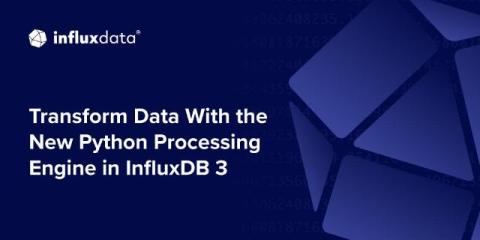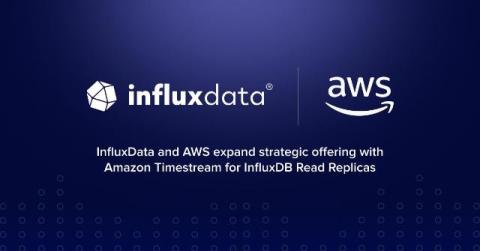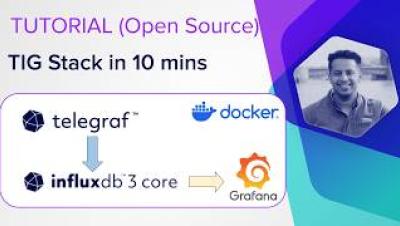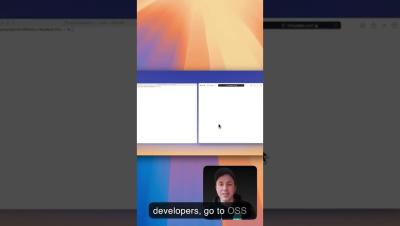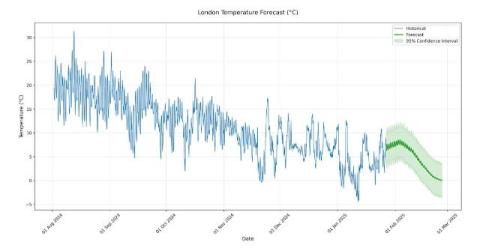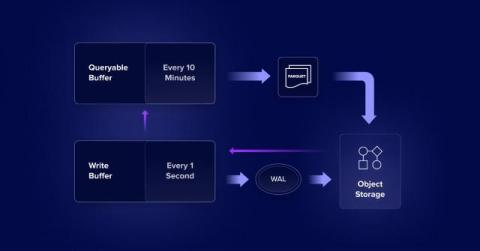Transform Data with the New Python Processing Engine in InfluxDB 3
In early January, we announced the launch of InfluxDB 3 Core and InfluxDB 3 Enterprise in public alpha. One of the newest included features is the InfluxDB 3 Processing Engine–a Python-based VM built to enable data transformation, enrichment, downsampling, alerting, and more, all from within the database itself. One month later, we’re excited to deliver a big update enabling new ways to interact with and transform your data.


